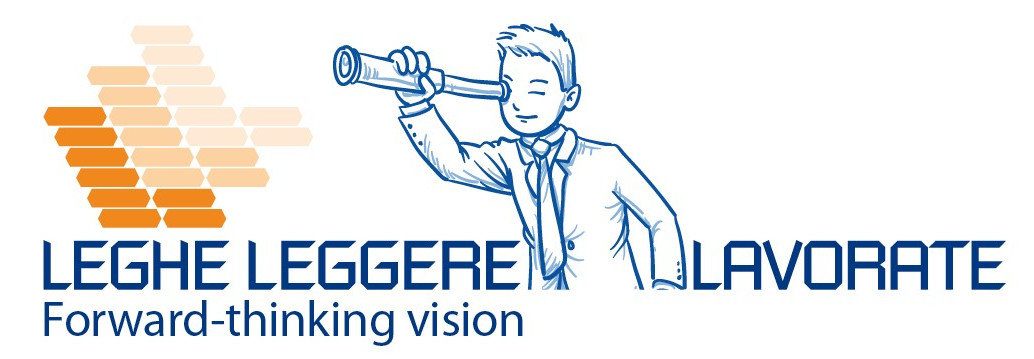Pre-curved rods for spinal surgery are metal rods that are inserted into the spine to stabilize the vertebrae and correct any deformities or fractures.
They are used in different types of surgeries, such as decompressive laminectomy, spinal fusion or lumbar microdiscectomy.
Decompressive laminectomy is an operation that consist in removing part of the bone (lamina) covering the spinal canal, to free up space for the nerves and relieve symptoms of spinal stenosis, such as pain, weakness, or tingling in the limbs The pre-curved are are used to maintain the alignment and stability of the column after removal of the bone.
Spinal fusion, instead, is done to connect two or more vertebrae together to prevent movement between them and treat conditions such as herniated discs, spondylolisthesis or scoliosis. The pre-curved rods are fixed to the vertebrae with screws and create a rigid structure that facilitate the formation of new bone tissue between the fused vertebrae.
Lumbar microdiscectomy consists in removing part of an intervertebral disc that is compressing a nerve root, causing pain, weakness or tingling in the leg. Pre-curved rods are used to strengthen the spine and prevent collapse of the residual disc or narrowing of the spinal canal.
The use of pre-curved rods, in the case of deformity correction, allows to reduce the bends done the surgeon in the operating room. This advantage is evident, also considering that these rods are very long for this type of operation.
The pre-curved rods for spinal surgery are made of biocompatible materials such as titanium, cobalt chrome or stainless steel. They have different shapes and sizes depending on the type of intervention and the anatomical area to be treated.
What are the advantages of using pre-curved rods?
Greater fatigue life: One study found that pre-curved rods demonstrated significantly higher fatigue life than manually bent rods.
Less manipulation: Pre-curved rods are designed to require less manual bending than straight rods and to reduce the amount of notching done during surgery.
Optimized contours: The contours are optimized to meet the needs of more patients.

